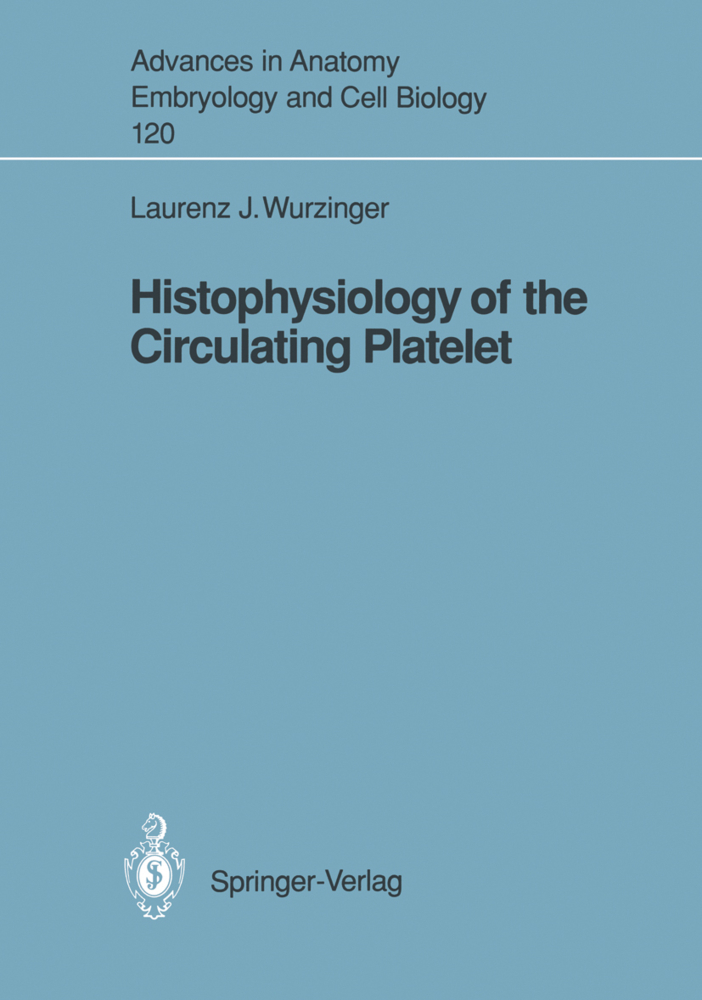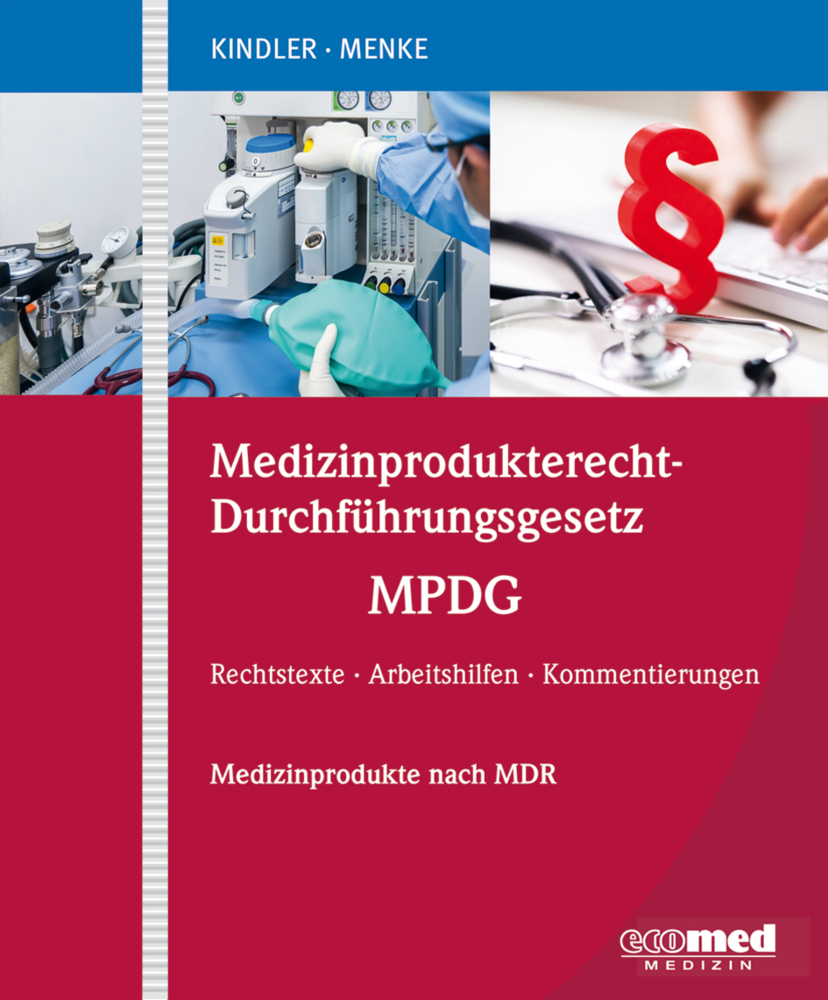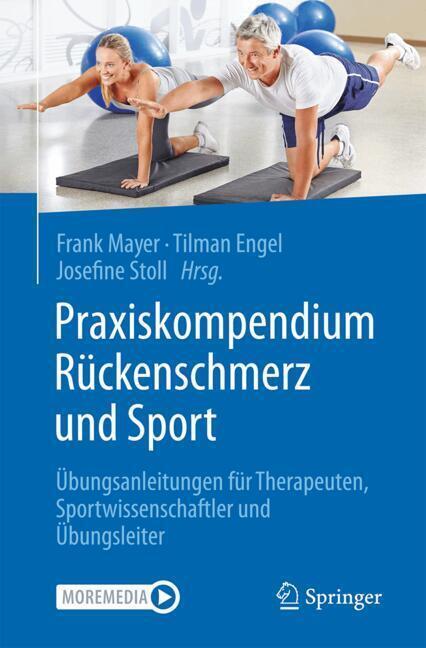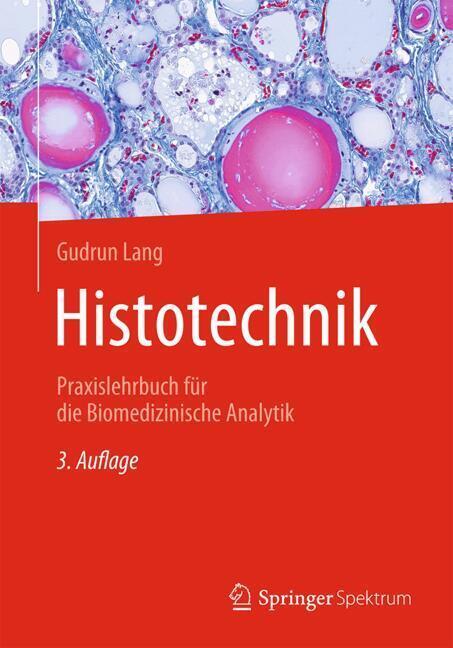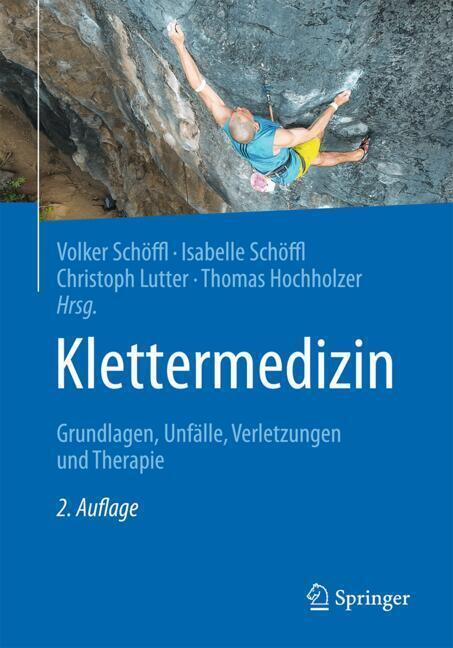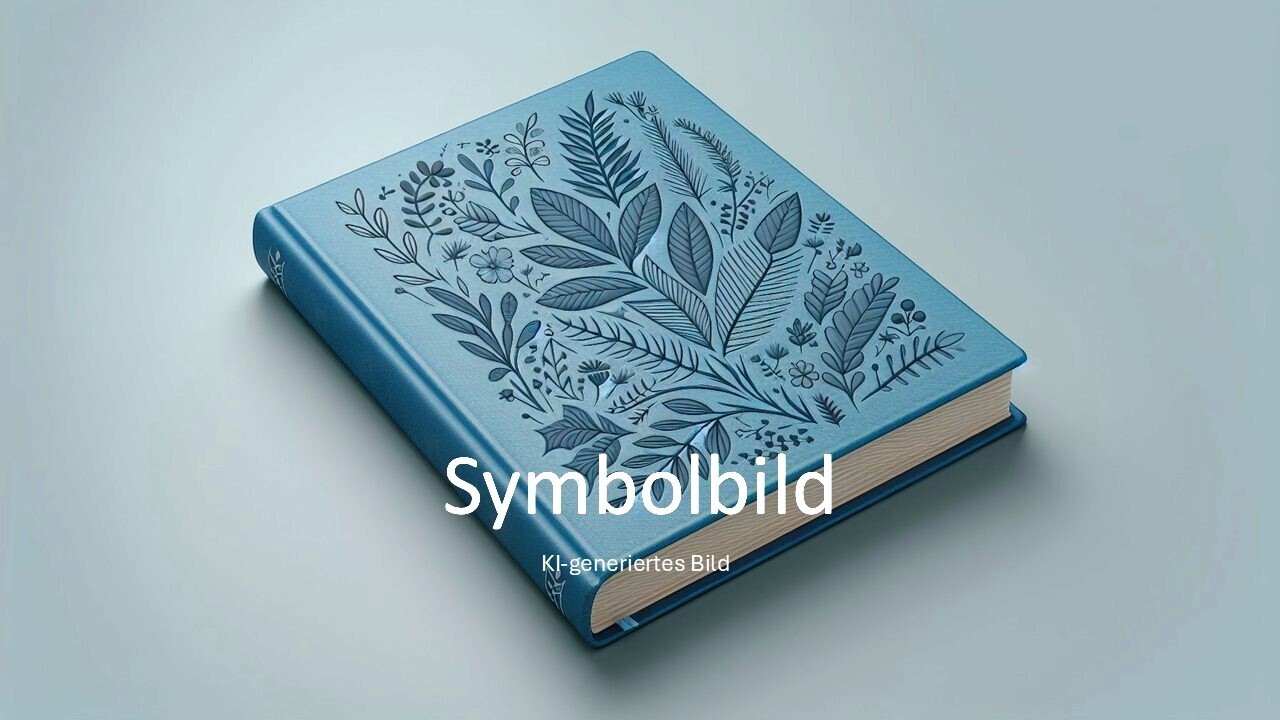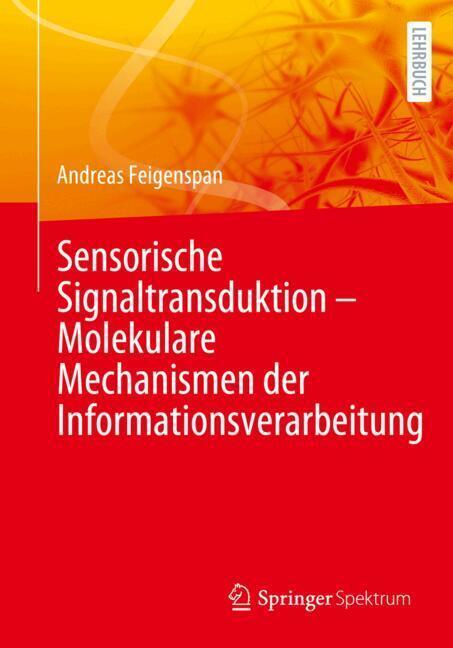Histophysiology of the Circulating Platelet
Histophysiology of the Circulating Platelet
1. 1 Platelets in Hemostasis and Thrombosis: A Brief Overview For more than 100 years the dominant role of blood platelets in hemostasis and thrombosis has been well documented. Seven years before their identification as a distinct class of blood corpuscles by Bizzozero (1882), Zahn (1875), using intravital microscopic observations, described the growth of an arterial thrombus as the result of "continued apposition of colorless blood corpuscles along the direction of blood flow. " A hallmark still valid today was set by Eberth and Schimmel busch (1888), who clearly divided the formation of the hemostatic plug into the result of the "conglutination of preformed blood corpuscles," followed by the "plasmatic coagulation as the formation of fibrin from substances dissolved in blood," as two distinct processes taking place in the described order. In spite of technical shortcomings, by approaching the limits of the light microscopic techniques of their time, Eberth and Schimmel busch discovered a change in the morphology of the platelets, paralleled by a presumptive change in their functional state, which was a prerequisite for the formation of a platelet plug. Their meticulous description implicitly anticipated the modern terminology of the "smooth disk" as the resting form of the circulating platelet and the activated "spiny sphere" as a result of a change in shape following stimulation.
1.2 Platelets and Atherosclerosis
1.3 Platelets as a Part of the Unspecific Defense System
2 Methods
2.1 Isolation of Blood Platelets
2.2 Rheological Experiments
2.3 Platelet Parameters Evaluated After Shear Exposure
2.4 Ultrastructural and Cytochemical Techniques
3 The Resting Platelet
3.1 Origin of Platelets
3.2 Platelets Under the Light Microscope
3.3 Ultrastructure of the Resting Platelet
4 The Activated Platelet In Vitro
4.1 Platelet Shape Change
4.2 Secretory Reaction of the Platelet (Release Reaction)
4.3 Consolidation of Platelet Aggregates
4.4 Biochemical Changes During Platelet Activation.
4.5 Role of Positive Feedback Loops in Platelet Activation
5 The Activated Platelet In Vivo
5.1 Role of the Blood Platelet in Hemostasis
5.2 Question of the Adequate Platelet Stimulus Effective in Thrombogenesis
5.3 Role of Blood Flow in Thrombosis
5.4 Thrombogenesis as an Interaction of Fluid Dynamic Conditions and Biological Reactions
6 Summary
References.
1 Introduction
1.1 Platelets in Hemostasis and Thrombosis: A Brief Overview1.2 Platelets and Atherosclerosis
1.3 Platelets as a Part of the Unspecific Defense System
2 Methods
2.1 Isolation of Blood Platelets
2.2 Rheological Experiments
2.3 Platelet Parameters Evaluated After Shear Exposure
2.4 Ultrastructural and Cytochemical Techniques
3 The Resting Platelet
3.1 Origin of Platelets
3.2 Platelets Under the Light Microscope
3.3 Ultrastructure of the Resting Platelet
4 The Activated Platelet In Vitro
4.1 Platelet Shape Change
4.2 Secretory Reaction of the Platelet (Release Reaction)
4.3 Consolidation of Platelet Aggregates
4.4 Biochemical Changes During Platelet Activation.
4.5 Role of Positive Feedback Loops in Platelet Activation
5 The Activated Platelet In Vivo
5.1 Role of the Blood Platelet in Hemostasis
5.2 Question of the Adequate Platelet Stimulus Effective in Thrombogenesis
5.3 Role of Blood Flow in Thrombosis
5.4 Thrombogenesis as an Interaction of Fluid Dynamic Conditions and Biological Reactions
6 Summary
References.
Wurzinger, Laurenz J.
| ISBN | 978-3-540-52258-4 |
|---|---|
| Artikelnummer | 9783540522584 |
| Medientyp | Buch |
| Copyrightjahr | 1990 |
| Verlag | Springer, Berlin |
| Umfang | VII, 96 Seiten |
| Abbildungen | VII, 96 p. 24 illus. |
| Sprache | Englisch |

